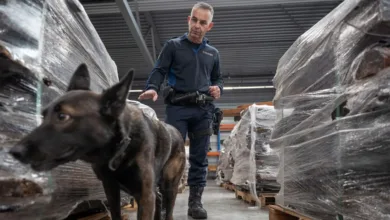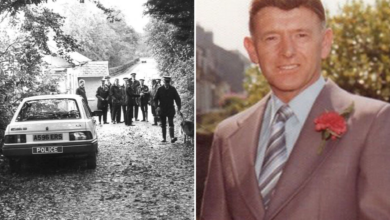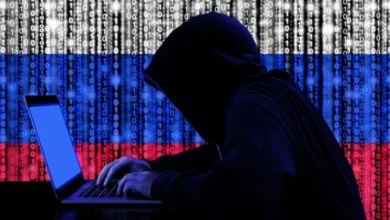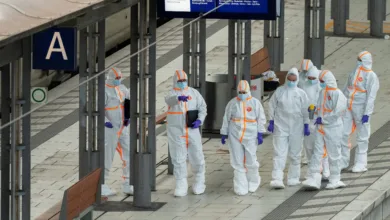Behind the Flames: How a Single Assault Sparked Riots in Ballymena, Northern Ireland, in 2025
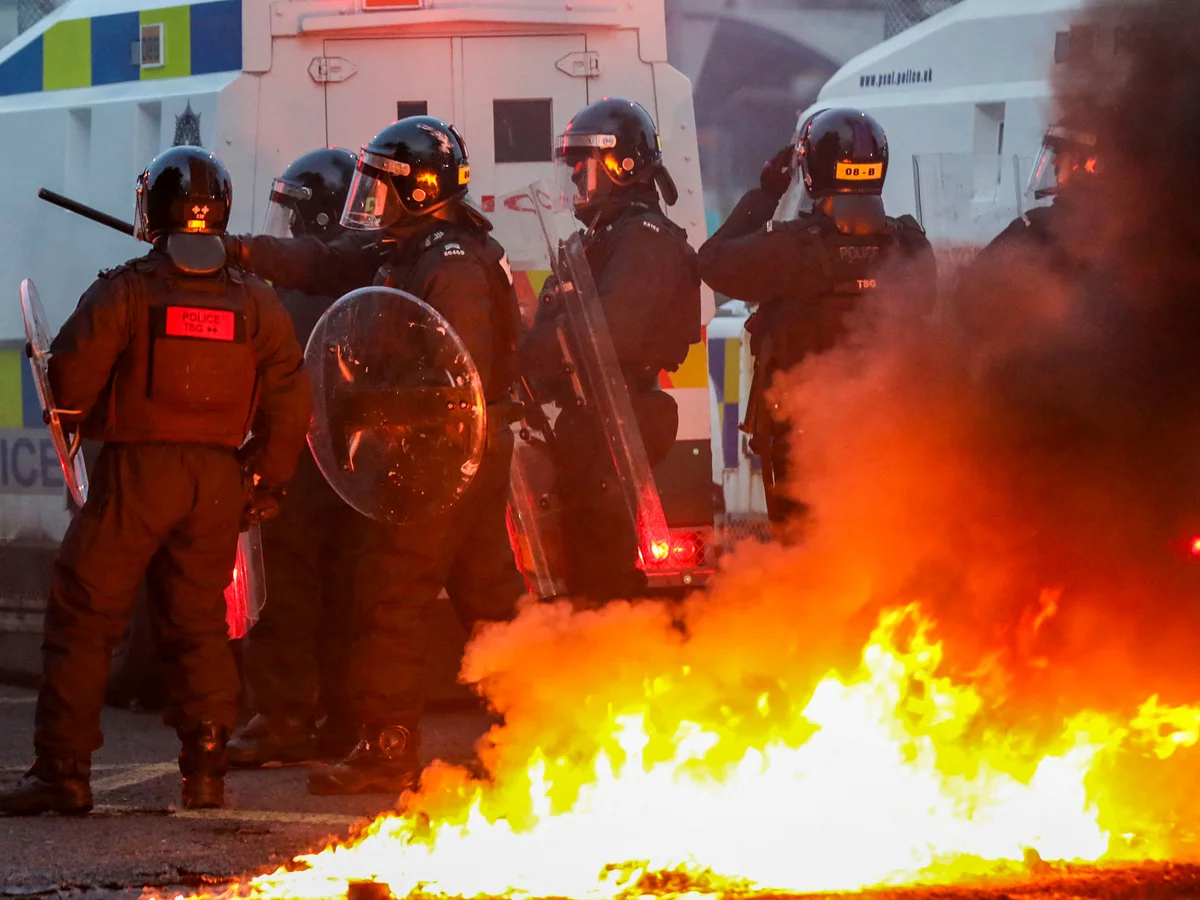
Discover what triggered the 2025 Ballymena riots in Northern Ireland, the role of sectarian tensions, and what comes next.
Introduction
In June 2025, the quiet Northern Irish town of Ballymena made international headlines after violent riots erupted. Triggered by an alleged sexual assault, the unrest quickly escalated into wider ethno‑sectarian tensions, echoing decades of conflict in the region’s past.
This article unpacks what happened, why it matters, and how old divisions still shape Northern Ireland’s politics and streets.
1. What Sparked the Riots
-
In early June, reports surfaced online alleging a local teenage girl was sexually assaulted by a group of men described as “foreign nationals.”
-
Rumors spread quickly on social media, fueled by anger, misinformation, and local influencers.
-
Peaceful protests outside the suspects’ reported residence turned violent within days.
2. How Events Escalated
-
Protesters threw stones and bottles; police used shields and batons.
-
Cars and bins were set on fire; parts of the neighborhood became no‑go zones.
-
Clashes continued for several nights, resulting in injuries to both police and civilians.
The violence shocked many in a town known for relative calm since the peace agreements.
3. Sectarian Tensions Resurface
Northern Ireland’s past matters:
-
Ballymena, historically a predominantly unionist area, still feels tension between Protestant and Catholic communities.
-
Local paramilitary-linked groups reportedly joined protests, turning them into sectarian confrontations.
-
Rumors blamed immigrants and “the other community,” reigniting old fears.
4. Police Response
The Police Service of Northern Ireland (PSNI):
-
Deployed riot squads to contain unrest.
-
Urged residents to avoid rumor‑driven violence.
-
Investigated both the alleged assault and suspected organizers of the riots.
By mid‑June, order returned, but tensions remained.
5. Social Media’s Role
Platforms like Facebook and WhatsApp:
-
Spread unverified details within hours.
-
Made coordination of protests faster.
-
Amplified inflammatory rhetoric that outpaced fact‑checking.
Authorities urged citizens to rely on verified news sources — often too late.
6. The Alleged Assault Case
As of July 2025:
-
Police continue to investigate; no charges have been filed yet.
-
Victim’s identity remains protected; conflicting witness statements complicate the case.
-
Some community leaders accuse police of “covering up,” while police insist on due process.
7. Political Fallout
Northern Ireland’s fragile political landscape felt the shock:
-
Unionist politicians condemned violence but criticized police speed.
-
Nationalist voices blamed “far‑right agitators” for exploiting tragedy.
-
Debates reignited over integration, policing bias, and paramilitary influence.
8. Community Impact
-
Shops closed early; local events were canceled.
-
Residents reported fear of being targeted based on ethnicity or religion.
-
Community groups set up mediation sessions to calm tensions.
Ballymena’s residents stress the riots don’t represent most locals.
9. Historical Echoes
The riots recall darker times:
-
Decades of sectarian violence known as “The Troubles” (late 1960s–1998).
-
Post‑Good Friday Agreement (1998) peace has largely held — but identity politics remain volatile.
Experts warn economic stress and political uncertainty can reignite old divides.
10. Looking Forward
To prevent repeats:
-
Community leaders call for better education against rumor‑driven hate.
-
Police promise transparency in the ongoing investigation.
-
Politicians urge calm, fearing further escalation could damage Northern Ireland’s peace process.
Final Thoughts
The Ballymena riots in June 2025 show how quickly fear, rumor, and unresolved historical tensions can spark violence. Beyond headlines, it’s a reminder that true peace means constant dialogue, trust, and confronting prejudice — before anger turns into flames.
